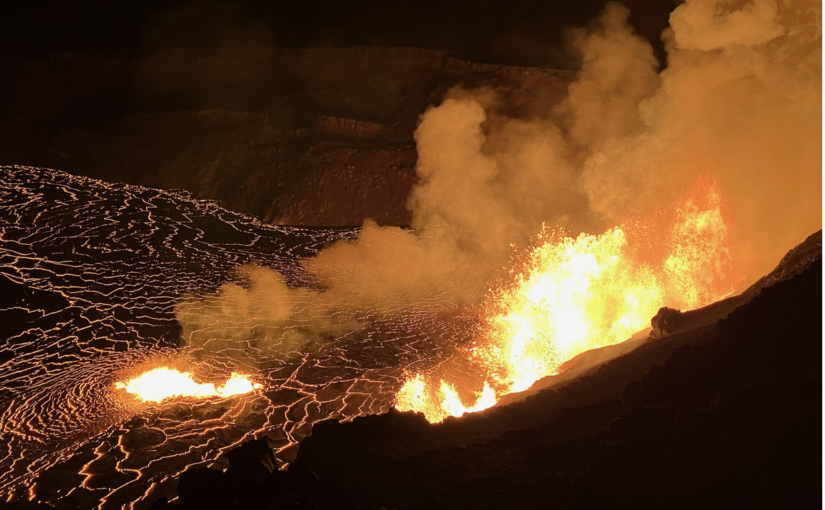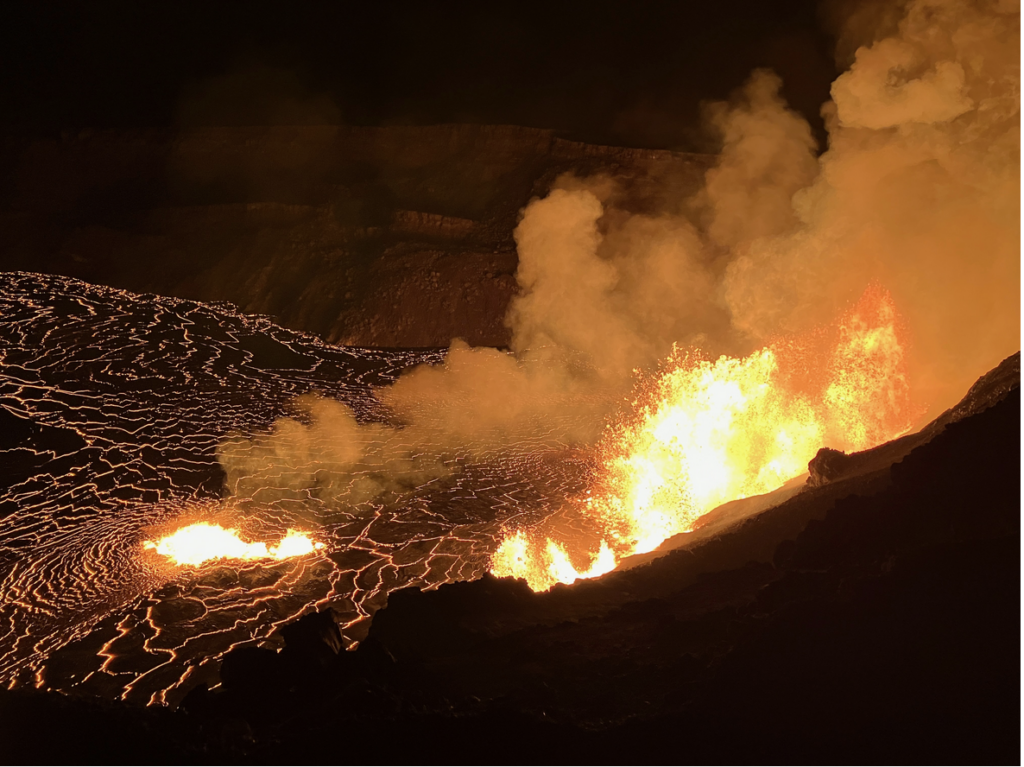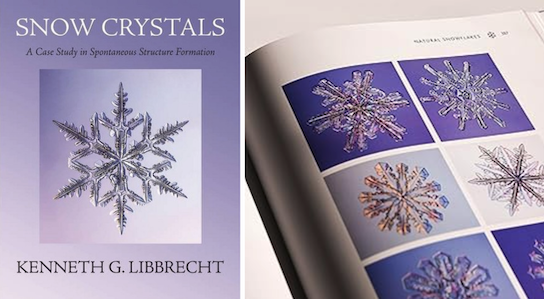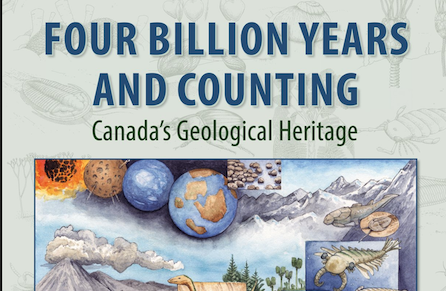” The Left Hand of Darkness*, Ursula Le Guin. 50th Anniversary Edition.
wECclub: I am trying out this online book club run by the delightful musician-science-literary nerd Elle Cordova. You can find out about the club here, as well as back her many creative activities. This is the first book that I will have read, but the second in the club series. The first is “I Robot,” by Isaac Asimov. I suspect I will go back and read that.
Author’s Note
A very nice opening note by Le Guinn, worth seeking out if you do not have a 1976 or later edition. She argues that SF is not about primarily about extrapolating from the present (though she admits extrapolation can play a role), but rather it is primarily a description of a thought experiment.
About extrapolation, she says memorably “Almost anything carried to its logical extreme becomes depressing…” ibid. xvi
About the androgynity in the book, she says she is not predicting, but rather:
I’m merely observing, in the peculiar, devious, and thought-experimental manner proper to science fiction, that if you look at it us at odd times of day in certain weathers, we already are.”
—ibid., xvii (1976)
Nice turns of phrase:
- A flaw of rain runs sparse and hard upriver (p 7)
- the crowds began to move like a rocky shingle rolled by a slow tide (p 7)
- Our border now is no line between two hills, but the line our planet makes when circling the sun.” (p 86)
- One is respected and judged only as a human. It is an appalling experience. (p 95)
- The door squealed open and it was broad day, the sun like a knife in the eyes, bright and frightening. […] …and I was no longer a refugee. I was set apart from those nameless ones with whom I fled down a dark road and whose lack of identity I had shared all night in a dark room. I was named, known, recognized; I existed. It was an intense relief. I followed my leader gladly. (p 110-111)
- I was glad to be driving sedately at twenty-five miles an hour through vast, straight-furrowed grainlands, under an even gray sky, towards a capital whose goven-ment believed in Order. (p 112)
- …roofs pitched steep as praying hands… (p 113)
The Book – Précis
C1: A Parade in Erhenrang
Genly Ai, the narrator participates in a royal parade, during which he has ample opportunity to describe himself, his role (an ambassador of sorts from the Ekumen), the people and society he is visiting, and the extremely wretched weather of this world.
We also see awkward conversation with Estraven, his primary supporter and informant, that show, in spite of months (or more?) of that communication, though fluent, is hampered by very basic understandings that are not shared — the mutual only partially-understood incomprehension reminds me of CJ Cherryh’s Foreigner series, though of course Le Guinn is preceding this by a couple of decades. In any case, it gradually becomes clear that Estraven is warning Genly Ai that he has fallen out of favor (and/or is perhaps abandoning him). The last line of the chapter: “I was cold, unconfident, obsessed by perfidy, solitude and fear.
C2: The Place Inside the Blizzard
This is a story or legend (the book is a collection of accounts, one a memoir, and others seeming anthropological documents assembled by investigators). This story describes a relationship (kemmering) between two brothers, the goes wrong. One brother commits suicide, the other curses their region; at the end, the brother relents, and lifts his curse.
C3: The Mad King
Genly Ai has an audience with the mad King, just before which he learns that Estraven has been exiled and condemned to death. During the audience, he learns that he has not been condemned and is granted freedom of the realm, but at the same time he is not believed, or, if he is believed, is feared and shunned. Genly Ai decides that he is going to leave the capital city, and visit some of the remote fastnesses to exhibit the odd non-religion that practices foretelling.
C4: The Nineteenth Day. This story is about a person who purchases a fortelling of the day of his death, but is dissatisfied with the answer, which is analogous to “On a Wednesday.” He falls into a depression, and so his lover purchases a foretelling of how long his lover will live, but again the answer is unsatisfactory: “Longer than you.” Disappointed, the first kills the second, and then goes mad and hangs himself a week later (on a Wednesday). Again we are exposed to the concept/state of kemmering.
C5: The Domestication of Hunch
It is becoming clear that Genly Ai is, if not an outright misogynist, attributes a lot of negative characteristics to women. Well — what else is a misogynist — he’s clearly one… it will be interesting to see the intensity and nature of it. We see more of the world, its larger structure and modes of transportation, and get an introduction to Fastnesses and the Handdarata religion. Nusuth — the ubiquitous ambiguous negative of the Handdarata. Genly Ai has a foretelling and the ritual occurs and he is told that Winter will join the Ekumen within five years. At the end, we learn from Faxe. the Weaver. that the purpose of foretelling is “To exhibit the perfect uselessness of knowing the answer to the wrong question.” And the chapter ends with this statement, again from the weaver: “The only thing that makes life possible permanent, intolerable uncertainty: not knowing what comes next. “
C6: One Way into Orgoreyn. xxx
This chapter begins with Lord Estraven learning of his exile, and needing to leave quickly without money or supplies, and eschewing aid so as not to endanger his friends. His (former) kemmering, Ashe, tries to aid him, but he rejects him and the aid and hurries on on his own. He reaches a port city, where he had hoped to catch a foreign vessel, but as none are in port he steals a rowboat and heads across a gulf towards Orgoreyn. Injured by a sonic gun as he escapes, he is picked up by a ship that takes him to Orgoreyn, headless of the price on his head. He is cared for in a hospital, and then released to do manual labor as an indigent; at some point, he comes to the notice of government officials who know him, and he is ‘adopted’ into the household of Commensal Yegevy and his partner Obese. They know him from past diplomatic contacts, appear to trust him, and discuss his fears about what is going on between Charade and Orgoreyn and how it may lead to conflict — in the course of this discussion we get some glimpses of shifgrethor (primarily by it being waived).
C7: The Question of Sex
A report by a member of the first landing team on the nature of the Gethen hermaphrodites (it is theorized that the planet was an abandoned experiment) and the way sex and gender works in their society. This both provides a lot of basic information that will be useful as the novel unfolds, but also provides a way to provide some commentary on sex and gender roles relative to the rest of the Ekumen which embodies what we view as ‘normal’ gender roles. Speculations about the absence of gender roles include:
- More equality — anyone can do anything
- No psychosexual complications between child and parent
- No unconsenting sex; no rape, and seduction must be very well timed.
- No division into dominant/submissive, strong/weak, etc
- A lack of ambition — ‘What would a society of eunuchs achieve?’
- Perhaps the goal of the ‘experiment’ was to eliminate war.
“Our entire pattern of sociosexual interaction is non existent here. They can’t play the game. They do not see one another as men or women. … One is respected and judged only as a human. It is an appalling experience. ” (p 94 … 95)
Interestingly this report is identified as being written by a woman.
C8: Another Way into Orgoreyn
Genly Ai spends the summer in rural Karhide talking to people. Towards the end of the summer he learns the King is pregnant, and that his regent will be Tibe, Estraven’s enemy. Fearing that this will lead to bad things, and knowing he has to cross the passes before winter, Genly Ai sets out for Orgoreyn. He crosses into that country, but is caught in a raid by Ehrenrang people just after he enters Orgoreyn. After a brief period of imprisonment (he has lost his papers), he is recognized*, and brought to the capital and put up in Commensal Shusgis’ luxurious home. There he begins to talk to various members of the ruling class, and also encounters Estraven.
* Genly Ai is recognized, and everything changes at that moment. He leaves those he spent the night with, without a backward glance or further thought:
The door squealed open and it was broad day, the sun like a knife in the eyes, bright and frightening. […] …and I was no longer a refugee. I was set apart from those nameless ones with whom I fled down a dark road and whose lack of identity I had shared all night in a dark room. I was named, known, recognized; I existed. It was an intense relief. I followed my leader gladly.
ibid., p 110-111
This chapter contrasts Orgoreyn with Karthig, presenting the former as a a dull but well-ordered bureaucracy, where having an identity is everything, as we just saw above. “I was glad to be driving sedately at twenty-five miles an hour through vast, straight-furrowed grainlands, under an even gray sky, towards a capital whose goven-ment believed in Order.“
The chapter ends with this reflection regarding Estragen:
And it crossed my mind, though I dismissed the idea as baseless, that I had not come to Mishnory to eat roast blackfish with the Commensals of my own free will; nor had they brought me here. He had.
— ibid., 121
Clearly Le Guinn often ends her chapters with a bit of a punch.
C9: Estraven the Traitor
An old story about a love affair between the descendents of two rival lords. One was murdered, but not before he had slept with the other, who bore a child. The child was returned to his grandfather (the father of the murdered one), and eventually became the heir. Later, he made peace with the other Lord (his other grandfather). for this he was called a traitor.
C10: Conversations in Mishnory
Genly Ai, ensounced in comfort in Mishnory, has various conversations with the political movers and shakers of Mishnory, especially the Open Trade faction, explaining his presence and goals. Some appear to believe him, and wish to use him for their own ends; others are skeptical, and/or believe he is a danger. He also meets with Estraven, of whom he has formed a bad opinion; but he is unsettled by Estraven’s warning that others will seek to use him for their own ends. He also learns of the Sarf, the internal police force…
C11: Soliloquies in Mishnory
A soliloquy by Estraven, in which he mulls over the situation, and comes to suspect that he and Genly Ai understood one another far less than he’d anticipated — this was triggered by the apparent failure of Genly to realize that the offering of advice Estraven was an insult to his shifgrethor. Now he imagines that Genly Ai’s shifgrethor must be “founded, and composed, and sustained altogether differently that ours.” Estraven is now able to live indendently due to the money Ai brought, and is working and re-learning and practicing various ‘skills’ — fasting, meditation, etc. — that he used to be good at. He reflects on the factions and purposes of the varoius players, at one point noting “To oppose something is to maintain it.” After a time Estraven grows increasingly worried that no news is being broadcast about Genly Ai or his mission. All communication channels are under control of the Sarf, and so no one wants to have Ai call his ship. Estraven believes that Genly Ai’s life is in danger.
C12: On Time and Darkenss
A myth about Meshe, sort of a a god of the universe, one who is at the center of time and know all things. A footnote suggests that this is a mythological version of the expanding universe theory.
C13: Down on the Farm
Estraven is arrested after failing to heed Estraven’s warnings and instead confiding in Shusgis. He is taken to prison, and injected with drugs and questioned. The he is put in a truck with other prisoners, and over a period of several days is conveyed to a prison farm. There he works without adequate food, and is drugged and questioned every few days; the drugs are bad for him, and he is slower to recover after each session. It seems clear he is headed towards death.
C14: The Escape
Estraven blackmails Shusgis and finds out where Genly Ai has been taken, and then goes to the embassy and has the information sent back to Argaven in Karhide. Then he forges papers and sets off to where Genly is being held, knowing that Genly will not survive the winter. He joins a party of trappers, gets to the vicinity of the prison and rescues Genly Ai. The chapter ends with Estraven telling Genly Ai that the wants to learn mind-speech so that they can trust one another.
C15: To the Ice
Genly Ai recovers somewhat; Estraven steals food and supplies; the set off across the ice. They will have to make a certain distance each day, on the average, to make it to Karhide before they run out food. In this chapter, they are doing pretty well.
C16: Between Drummer and Dremegole
xxx
Afterword by Charlie Jane Anders
Views: 0









